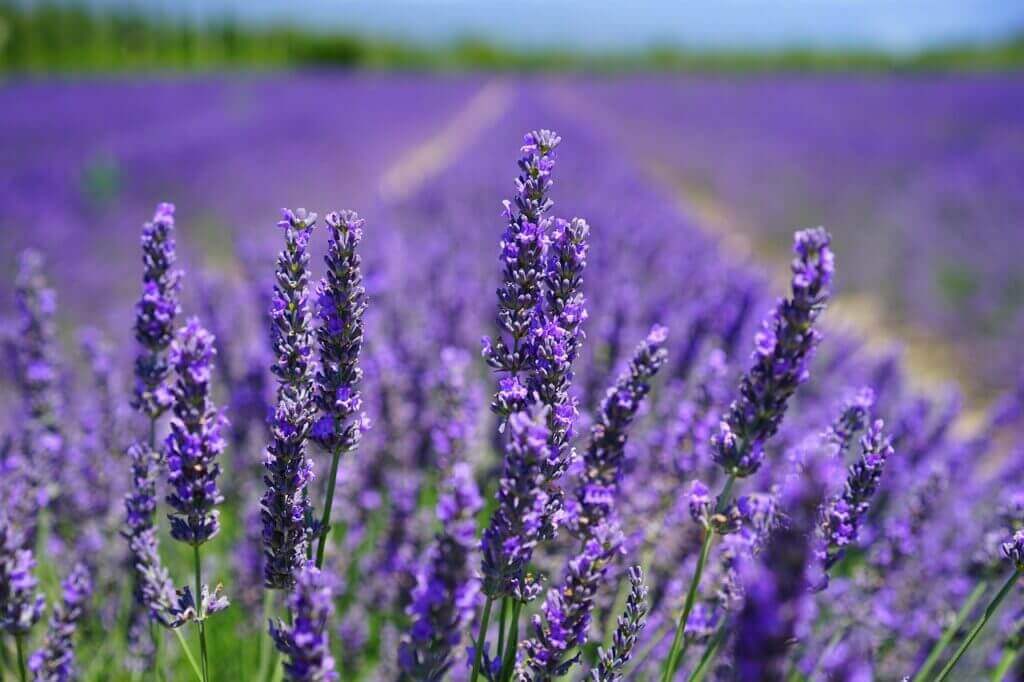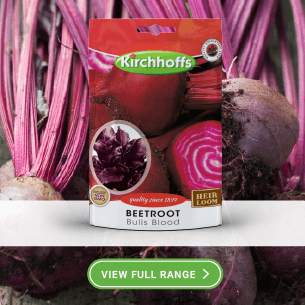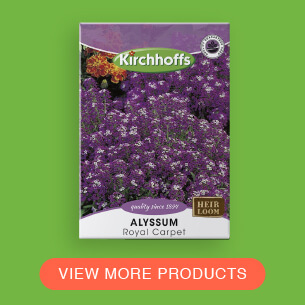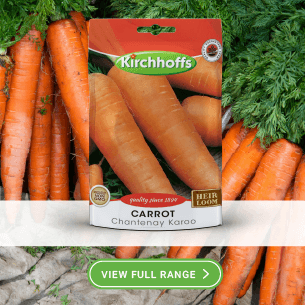Here is the Ultimate Guide on How to Grow Lavender in South Africa
Lavender, with its fragrant blossoms and versatile uses, is a favorite among South African gardeners and homeowners. If you’re looking to add a touch of elegance. In this comprehensive guide, we’ll walk you through the steps how to grow lavender successfully in the unique South African climate.
Selecting the Right Lavender Varieties
Local Adaptation: Choose lavender varieties that are known to adapt well to the specific climate of South Africa. Varieties like English lavender, French lavender, and Spanish lavender are good choices.
Local Availability: Check with local nurseries or garden centers for lavender varieties that are readily available in your area. This ensures you can easily find the plants you need.
Climate Compatibility: Ensure that the lavender variety you choose matches your region’s climate. South Africa has diverse climates, so pick a variety that suits your location’s weather conditions.
Fragrance and Use: Consider the intended use of your lavender. Some varieties are more fragrant or better suited for culinary purposes, while others are excellent for ornamental gardens and landscape designs.
Mature Size: Different lavender varieties vary in size when mature. Plan your garden layout accordingly to accommodate the expected size of the plants.
Disease Resistance: Research the disease resistance of your chosen lavender variety. In South Africa, some lavender varieties may be more resistant to common pests and diseases.
Preparing Your Garden for Planting Lavender
Where to plant lavender: Lavender thrives in full sunlight. Choose a spot in your garden that receives at least 6-8 hours of direct sunlight each day. South African gardens typically have abundant sunlight, making it an ideal climate for growing lavender.
What soil does lavender prefer? Lavender dislikes waterlogged soil. Ensure that the soil is well-draining to prevent root rot. If your soil doesn’t drain well, amend it with sand, gravel, or compost to improve drainage. Before planting, consider having a soil test done to understand your soil’s pH and nutrient levels. Lavender prefers slightly alkaline soil, so you may need to adjust the pH if necessary.
Add Organic Matter Before planting lavender: Mix organic matter such as compost into the soil. This not only enriches the soil but also improves moisture retention, which can be beneficial in arid regions.
Elevated Beds: In areas with heavy rainfall or poorly draining soil, consider creating raised beds or mounds to further enhance drainage.
Garden Layout: Plan your garden layout with lavender’s mature size in mind. Leave enough space between plants for good air circulation and growth.
How to Plant Lavender: Step-by-Step
Planting Time – When to Plant Lavender:In South Africa, the best times to plant lavender are in the early spring or late autumn. These seasons offer milder temperatures, which are less stressful for the newly planted lavender.
Spacing and Depth: Dig holes for your lavender plants, ensuring they are spaced about 45 cm – 60 cm apart. Place the plants with the top of the root ball level with the soil surface.
Mulching Lavender Plants: Apply a layer of mulch around your lavender plants to help conserve moisture and regulate soil temperature. Organic mulch like wood chips or straw works well.
Water Lavender After Planting: Water the newly planted lavender generously. Afterward, reduce the watering frequency. Lavender prefers to dry out slightly between waterings to prevent root rot.
Fertilizing Lavender: Lavender doesn’t require heavy feeding. Use a balanced, slow-release fertilizer in the spring. Avoid over-fertilizing, which can lead to excessive growth at the expense of fragrance.
Weed Control: Keep the area around your lavender plants weed-free. Weeds can compete with lavender for nutrients and water.
Caring for Lavender Plants – How to Look After Lavender
How to prune lavender:
Lavender benefits from regular pruning. In late winter or early spring, trim back the plant by about one-third to encourage bushier growth and prevent legginess. Cut back the lavender plant after flowering to prevent its stems from becoming woody.
How to water Lavender:
Water lavender deeply, but infrequently. Lavender is drought-tolerant and doesn’t like wet feet. Water the plants when the soil is dry to a depth of about 3 cm.
How to Fertilize Lavender:
Lavender doesn’t require heavy feeding. You can fertilize with a balanced, slow-release fertilizer in the spring. Be cautious not to over-fertilize.
Lavender Pest and Disease Management:
Keep an eye out for common pests like aphids and spider mites. Lavender is susceptible to root rot, so ensure good drainage to prevent this issue.
Harvesting Lavender:
If you’re growing lavender for culinary or aromatic purposes, harvest the flowers when they’re in full bloom. Cut the stems and hang them to dry.
Mulch Lavender:
Refresh the mulch around your lavender plants as needed to maintain moisture levels and temperature control.
Lavender Uses and Benefits
Apart from its delightful fragrance and vibrant purple blossoms, lavender has a wide range of uses:
Aromatherapy: Lavender essential oil is renowned for its calming and soothing properties. It’s often used in aromatherapy to alleviate stress and anxiety.
Culinary Delights: Lavender is used in the kitchen to add a unique flavor to dishes and desserts.
Garden Beautification: Lavender’s beautiful appearance and fragrance make it a valuable addition to any garden.
In South Africa, growing lavender isn’t just about having a beautiful garden; it’s about solving gardening problems while enjoying the many benefits of this versatile plant. By selecting the right varieties, preparing your garden, and following the steps outlined in this guide, you’ll be well on your way to successfully growing lavender.
Embrace the beauty and fragrance of lavender, and let it transform your garden into a haven of elegance and tranquility. If you have any questions or insights to share, please feel free to leave a comment below.








































